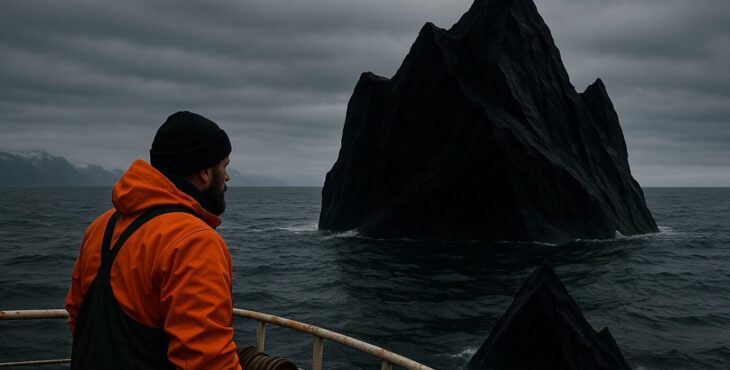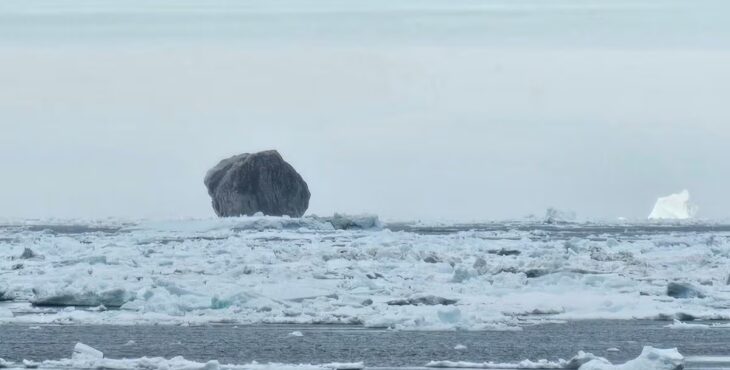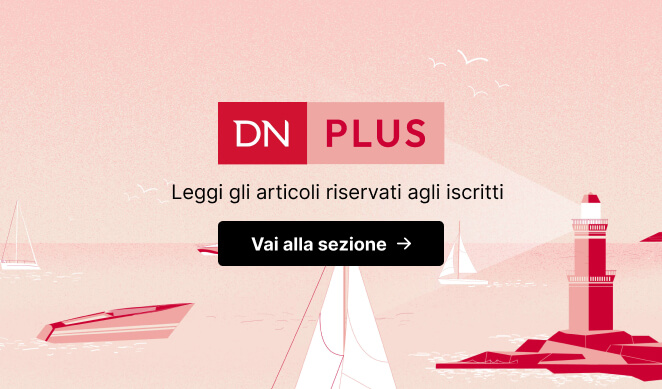The day of the black iceberg
A fisherman from the Faroe Islands found himself face to face with a coal black ice mountain, while fishing in the Labrador Sea

A fisherman from the Faroe Islands found himself face to face with a coal black ice mountain, while fishing in the Labrador Sea
Hallur Antoniussen, an expert sailor originally from the Faroe Islands, was fishing as usual on his vessel in the Labrador Sea. This is a part of the Atlantic Ocean located between the Labrador peninsula and Greenland. This area is filled with fish and with ice that, especially in the summer months, float down from the Pole, heading south and creating large icebergs.
Hallur Antoniussen is over sixty years old, and has spent most of his life at sea – he must have seen many an iceberg in his fishing career. “Around sixty that week alone,” he said. Never, however, did he expect to see what he saw one May morning: a giant iceberg, shaped like a diamond, floating in the sea. An iceberg that was completely black! Hallur Antoniussen managed to take some photos on his phone and uploaded them to his social networks. This image of the coal black ice mountain went viral. Once it had been confirmed that the image was real, and not generated by artificial intelligence, scientists began debating what caused the ice to be black.
All the colours of the iceberg
Did you think that icebergs, being made of ice, could only be as white as snow? Well, you are mistaken. Because they are made of ice, they can have a variety of different colours. Although it is true that most icebergs are white, it happens that some get blue tones after floating for many years and, through a complex chemical process, their diffraction index increases and they begin reflecting the colours of the water and sky. More rarely, some icebergs can develop a greenish colour. In this case, the colour cast is caused by trapped iron oxides of green algae. There are also dirty grey icebergs, where their colour is due to debris or pollution from their origin.
But this is not the case in the iceberg seen by Hallur Antoniussen, which was coal black! What caused this colour? Up until now, black icebergs were a thing of legend. Some sailors had noted their presence, but this was in the years before mobile phones. Hallur Antoniussen’s photograph is probably the first irrefutable evidence that completely black icebergs do exist.

Photograph of the black iceberg taken by Hallur Antoniussen
What does science say?
How an iceberg can become completely “dressed in black” is still only a variety of theories. CBC, the Canadian Broadcasting Corporation, who first interviewed the fisherman, asked the glaciologist Lev Tarasov what he thought. His hypothesis is that the iceberg seen by Hallur Antoniussen is very old, possibly even 100 thousand years and, in its many travels, it scraped the sea floor, absorbing debris from dark rocks.
But if this iceberg has been travelling for thousands of years, why has it never been seen before? Tarasov hypothesises that it could have been part of a much larger iceberg, in a normal white colour, and that, because the upper part began to melt, the bottom began to float up, that being the black part that had gathered the debris. Another hypothesis is that the ice has been mixed with ash from a volcanic explosion, or, explains Tarasov, from meteorite debris. In summary, there is no scientific certainty yet in regard to how this happened, but it still makes me a bit nervous to know that there is an iceberg dressed for a funeral floating around the ocean!



